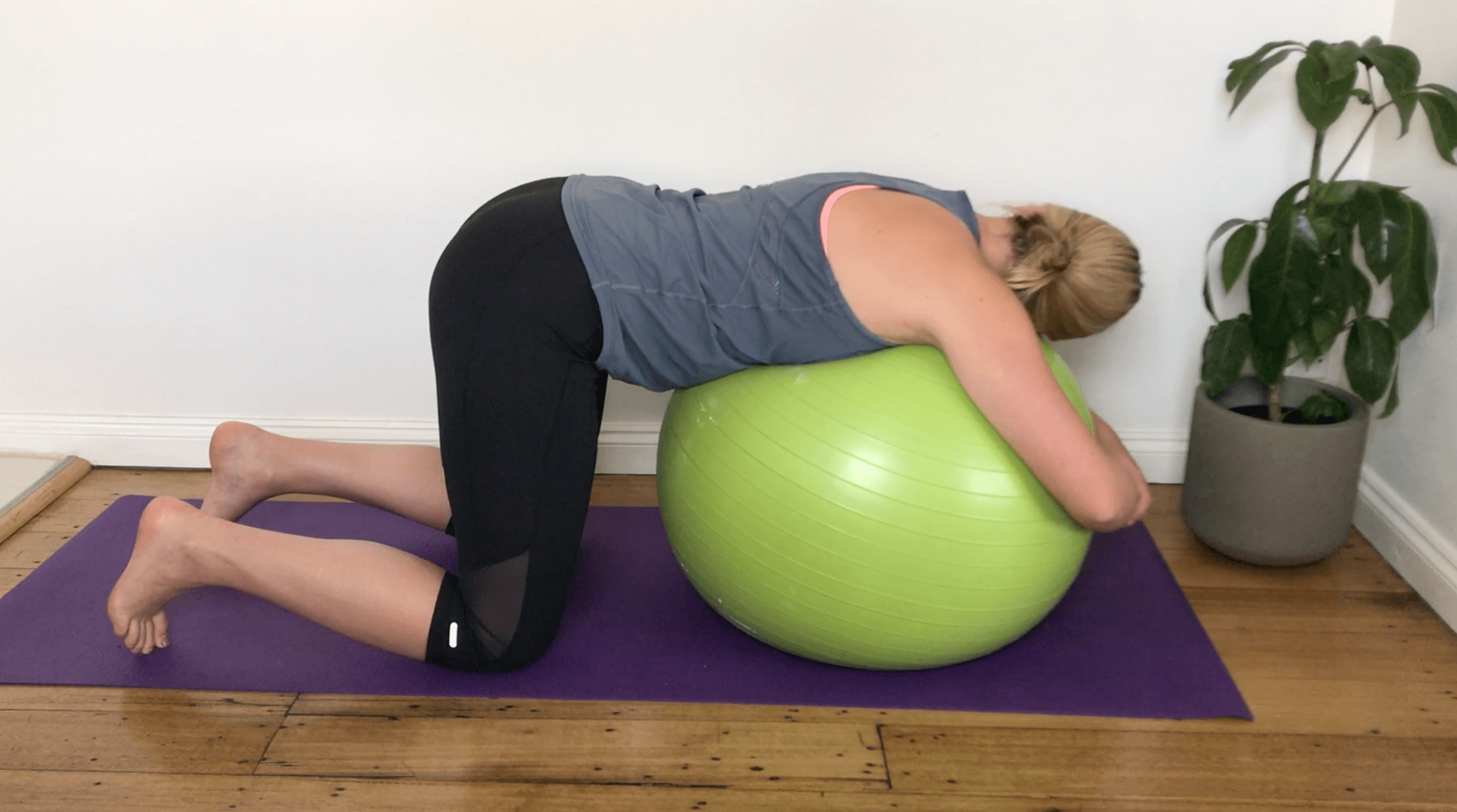Labour and birth- what positions are best?
Labour and birth can be made easier or harder depending on your positioning and movement.
Do you want to know the tips and tricks to make it easier? (HELL YESSS!)
Labour and birth is a funny old thing.
As humans, we’ve been doing it for years but there is still so much we don’t know and need to learn.
Before we dive in, let’s do a quick re-cap on the different stages of labour.
Stage 1 labour
When your contractions first start, you may feel a “tightening” or “cramping” in your lower abdomen or lower back. They can start off quite sporadic, and as labour progresses they will become more regular.
This stage could go for 1 hour or 100 hours (no not really.. but it may feel like that!).
Either way, treat it like a marathon and conserve your energy in between contractions.
In stage 1, the uterus is contracting and pulling to help move the baby down, as well as stretching the cervix open so that the baby can move through the birth canal.
Stage 2 labour
The “crowning” and “pushing” stage.
This is when you have reached the magical 10cm cervical dilation stage.
Baby is now ready to move through the birth canal and enter the world! Contractions are much shorter and much more intense.
Positioning can be quite similar for both stage 1 and stage 2. The aim of the game is to help the body do what it is already trying to do. If the uterus is trying to push the baby down, it doesn’t make much sense for you to do a handstand, as this works in the total opposite direction.
Upright vs Lying Down Positions
Most of the evidence favours upright positioning for the first stage of labour.
Upright positioning can include
- standing
- walking
- leaning forward
- kneeling
- squatting
- sitting
- on hands and knees
Being upright has been associated with a shorter first stage of labour, stronger and more efficient contractions and less chance of needing an epidural.
This makes sense right? You are using gravity, positioning and movement to help the body do what it is already trying to do…move this baby down!
Regular changes in position have also been shown to be associated with a shorter first stage of labour.
Pushing phase of labour
Now, you’ve been upright most of your labour. You’ve moved around a lot. You’re now ready to push. What do you do?!
Most hospitals prefer to have women birth on the bed these days (check with your birth team first if this is the case). So whilst this may limit you from walking or standing (can you imagine a pregnant labouring woman standing on a hospital bed!) there are still a number of positions you can find comfort in such as kneeling, on hands and knees, squatting, side lying etc.
If you’re not on the bed, you might be in a birth pool (which is also great if you have this option) and all the same positions still apply.
Kneeling, squatting and on hands and knees have been shown to increase the pelvic outlet.
HOWEVER KEEP IN MIND…
The evidence tells us…
Squatting and birth stools have been associated with an INCREASED chance of perineal tears. This is because these positions place a lot of pressure on a more vulnerable perineum during the pushing phase.
The lithotomy position (feet up in stirrups) has also been associated with a HIGHER chance of tearing.
On a positive note, kneeling/on hands and knees and side lying have been shown to be PROTECTIVE for tearing compared to sitting.
Also worth noting, is good quality evidence has come out to show that warm compresses on the perineum during the pushing phase can help to reduce tears!
The take home message is…
Women should labour and birth in WHATEVER POSITION FEELS OF MOST COMFORT TO THEM.
The goal should be to achieve the greatest comfort and control for the mother, and the greatest benefit for both the mother and baby.
Every woman is different, every birth is different.
Most importantly, be guided by what your body is telling you, be guided by the advice from your qualified birth team, and be flexible in your birth plan. You can be both empowered and flexible at the same time.
My favourites
From researching the evidence, and discussing birth stories amongst family and friends… I have come out with my favourite 3 positions!
Stage 1 of labour…These upright positions help to make the first stage shorter, reduce low back pain or discomfort and reduce your risk of needing intervention.
Forward lean
Leaning on to a chair, bed, bench or birth partner!

![]()
Walking
Pacing, marching, rubbing your belly… just keep moving!
Hands and knees
On the floor, over the fitball, on the bed.. this is a great position to relieve low back pain!
![]()
These are my top 3 favourites for stage 2… They help to reduce excessive pressure on the perineum and allow the pelvic outlet to remain open and relaxed.
Hands and knees
This position reduces pressure on the perineum, allows your birth team to assess your progress easily and is very comfortable!

Forward lean on knees
This is a great position to lean up against the back of the bed!

Side lying
Your birth partner or someone from your birth team will support your top leg, great position to protect the perineum!
Try out some of these positions BEFORE you go into labour so you can get a feel for what feels good for you.
xo Physio Laura


